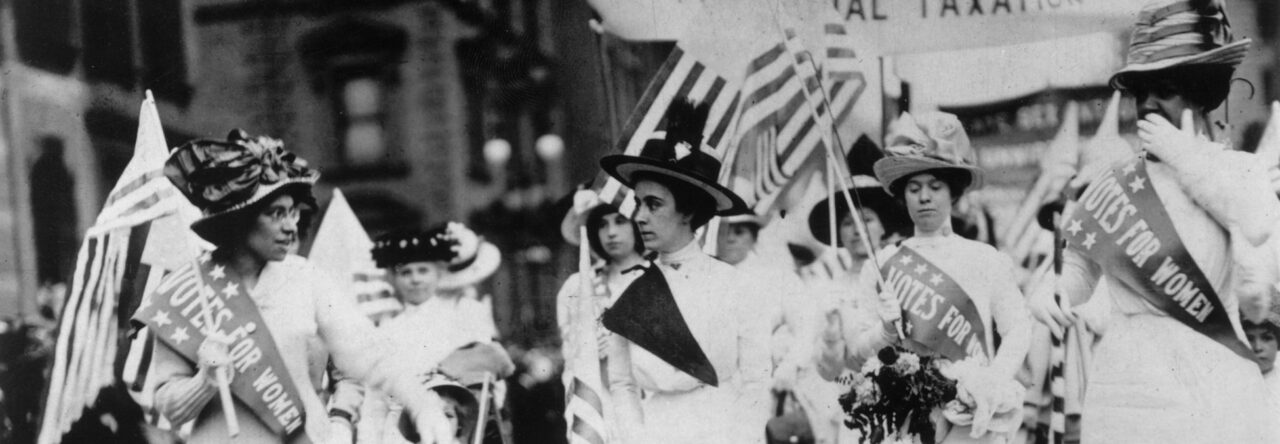The 1936 Presidential Election in New York City.
Posted on October 11, 2010 by bradmeisel
http://www.legacyamericana.com/servlet/the-19914/Pinback-button-promoting-Franklin/Detail Copyright, Legacy Americana, LLC.
On election day, November 3, 1936, “a crowd estimated by the police at ‘a million’ persons kept Times Square and the theater district in continual uproar last night as news of the President’s reelection flashed from The Times tower” (“Election Crowd in a Merry Mood.” New York Times. 4 November, 1936, 5).
The 1936 Presidential election pitted Democratic President and former New York Governor Franklin D. Roosevelt and Vice President John Garner, who were elected in a landslide four years prior, against the Republican ticket of Kansas Governor Alf Landon and Chicago newspaper publisher Frank Knox. According to historian Michael J. Webber, President Roosevelt’s first term in office saw the emergence of a “new welfare state,” as a result of his agenda of sweeping reforms, known as the New Deal, which were aimed at alleviating the Great Depression. As a result, the Presidential election “was, in many ways, a referendum on the activist role taken on by the federal government since the inception of the New Deal.” (Webber, Michael J. New Deal Fat Cats: Business, Labor, and Campaign Finance in the 1936 Presidential Election. New York: Fordham University Press, 2000, 127).
The New Deal included the creation of Social Security, which provided financial assistance to elderly Americans, the Works Progress Administration, which employed people who were previously unemployed to participate in public works projects, and agencies such as the Federal Deposit Insurance Corporation, which served to regulate business and protect consumers.
On Election Day, the American electorate, comprised of men and women over the age of 21, delivered a clear statement of support for President Roosevelt’s agenda. The next day, voting returns across the entire nation implied “that more Americans than ever went to the polls” (“A Record Vote.” New York Times. 4 November, 1936, 30).
In the New York metropolitan area “the President maintained a 3 to 1 ratio” over Landon with heavy turnout, allowing him to carry his home state by one million votes despite “an upsurge of Republican votes” upstate (“President Piles Up 1,000,000 New York Lead.” Associated Press. 4 November, 1936, 1).
In the late afternoon on Election Day, throngs of Roosevelt supporters congregated in Times Square to watch as the incoming returns were displayed on The Times Building. “By 6 P.M. Times Square was comfortably filled,” and within two hours, the crowd spilled out “north of the square.” When it became evident that the Democratic ticket had emerged victorious, a jubilant celebration erupted, and “streamers flew.” New York Police Deputy Chief Inspector Patrick Murphy was quoted as saying that “Never in all my years of experience have I seen such a mob of cheering, shouting spectators” (“Election Crowd in a Merry Mood.” New York Times. 4 November, 1936, 5).
A similar scene unfolded in Chicago, where “several thousands of Democrats staged a wild victory celebration.” Democratic campaign workers joined enthusiastic citizens in the festivities after the results became evident. Revelers “built bonfires in the streets, halted traffic,” and tore “trolley wires off several street cars.” The swarm of people celebrating the President’s reelection grew so raucous that “extra police were sent to the scene,” in order to prevent “further damage” (“Wild Jubilee Held in Loop by Democrats.” Chicago Tribune, 4 November, 1936, 1).
The emphatic affirmation of the New Deal by the electorate in the Presidential Election of 1936, as demonstrated by the avalanche of voter enthusiasm in the New York metropolitan area, was emblematic of the emergence of a new Democratic voting bloc. According to historian Michael J. Webber, Roosevelt’s landslide victory was a result of the formation of a “New Deal coalition,” which consisted of “organized labor, religious and ethnic minorities, the urban poor, liberals and progressives” (Webber, Michael J. New Deal Fat Cats: Business, Labor, and Campaign Finance in the 1936 Presidential Election. New York: Fordham University Press, 2000, 127).
The President’s New Deal policies supported organized labor and established welfare programs to assist the urban poor, many of whom were members of the minority groups referred to by Webber, thereby solidifying these individuals’ fervent support for the Democratic party. As New York and Chicago were two of the nation’s largest metropolitan areas and home to a plethora of ethnic groups and many working and lower class individuals, the President’s enthusiastic support in these cities was a strong indication of the emergence of the New Deal era Democratic constituency, the fruit of which continues to manifest itself in American electoral politics.


Leave a Reply
You must be logged in to post a comment.